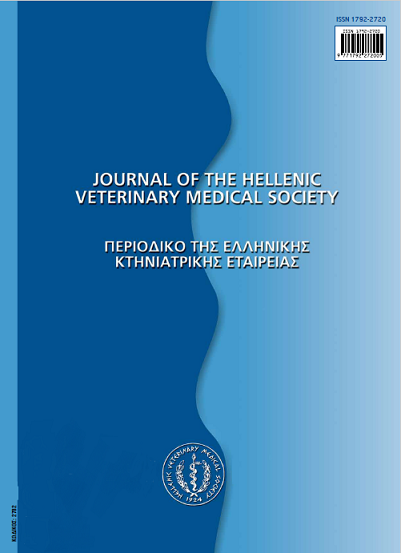Apoptotic cell death in the mammalian central nervous system during development and in pathological conditions

Abstract
Mammalian central nervous system (CNS) development involves genetically controlled, opposing processes, such as neuronal proliferation, migration, differentiation and death. The natural, developmental cell death is a ubiquitous phenomenon and is referred to as «programmed cell death» (PCD). Apoptosis, a type of PCD, is a central event in normal development of the CNS, playing an important role in the control of cell numbers and the establishment of neuronal circuitry. During embryogenesis, apoptosis takes place in proliferating cell populations and is involved in CNS morphogenesis. At later stages of development, apoptosis occurs in postmitotic neurons, because of the competition for limited supply of neurotrophic factors, that originally suppress the endogenous genetic death programme. Data concerning apoptotic cell death during normal CNS development of domestic mammals is lacking, therefore information about the developmental pattern of this phenomenon is restricted to rodents and rabbits. In these animals it has been suggested that apoptosis follows a mono- or biphasic time course and is completed during
an early, critical period of CNS development, that is characterized by morphological and functional neuronal maturation and synapse formation. Apart from its role in CNS development, apoptosis has also been implicated in neuronal loss accompanying neurodegenerative diseases and traumatic brain injuries in humans and animals. In the domestic canine brain, it has been shown that neurons die via apoptosis in Alzheimer's-like dementia, cerebellar abiotrophy, global and focal ischemia and virus-induced encephalopathies. In addition, cell death in ruminants with transmissible spongiform encephalopathy has been reported to be apoptotic in nature. A plethora of studies using animal models have been employed to elucidate the mechanisms than govern cell loss in neurological disorders. These studies provided strong evidence that experimental lesions of the connections between CNS areas and withdrawal of neurotrophic factors result in an increase of apoptosis, that is age-dependent. Specifically, developing neurons are more dependent on the integrity of their connections than mature ones. In addition, the response of neurons to apoptotic stimuli shows regional specificity. According to epidemiologic studies, CNS disorders are of major concern for animal and human public health, with a high socioeconomic impact. A major goal of neuroscientists is the development of therapeutic approaches for CNS repair. Contemporary strategies that are under trial include neurotrophic factor substitution and transplantation of stem cells. Investigation of the principles and mechanisms controlling cell loss in neurodegenerative diseases and traumatic brain injuries are universally considered of high priority and hopefully will lead to novel therapeutic approaches, with encouraging outcome. The present review summarises recent data on the molecular mechanisms and factors controlling neuronal apoptosis during development and in pathological conditions, describes popular animal models used in lesion studies and discusses therapeutic approaches aiming at preventing or restricting apoptotic cell death.
Article Details
- How to Cite
-
DORI (Ι. ΔΩΡΗ) I., & ZACHARAKI (Θ. ΖΑΧΑΡΑΚΗ) T. (2018). Apoptotic cell death in the mammalian central nervous system during development and in pathological conditions. Journal of the Hellenic Veterinary Medical Society, 59(1), 29–39. https://doi.org/10.12681/jhvms.14945
- Issue
- Vol. 59 No. 1 (2008)
- Section
- Review Articles

This work is licensed under a Creative Commons Attribution-NonCommercial 4.0 International License.
Authors who publish with this journal agree to the following terms:
· Authors retain copyright and grant the journal right of first publication with the work simultaneously licensed under a Creative Commons Attribution Non-Commercial License that allows others to share the work with an acknowledgement of the work's authorship and initial publication in this journal.
· Authors are able to enter into separate, additional contractual arrangements for the non-exclusive distribution of the journal's published version of the work (e.g. post it to an institutional repository or publish it in a book), with an acknowledgement of its initial publication in this journal.
· Authors are permitted and encouraged to post their work online (preferably in institutional repositories or on their website) prior to and during the submission process, as it can lead to productive exchanges, as well as earlier and greater citation of published work.


